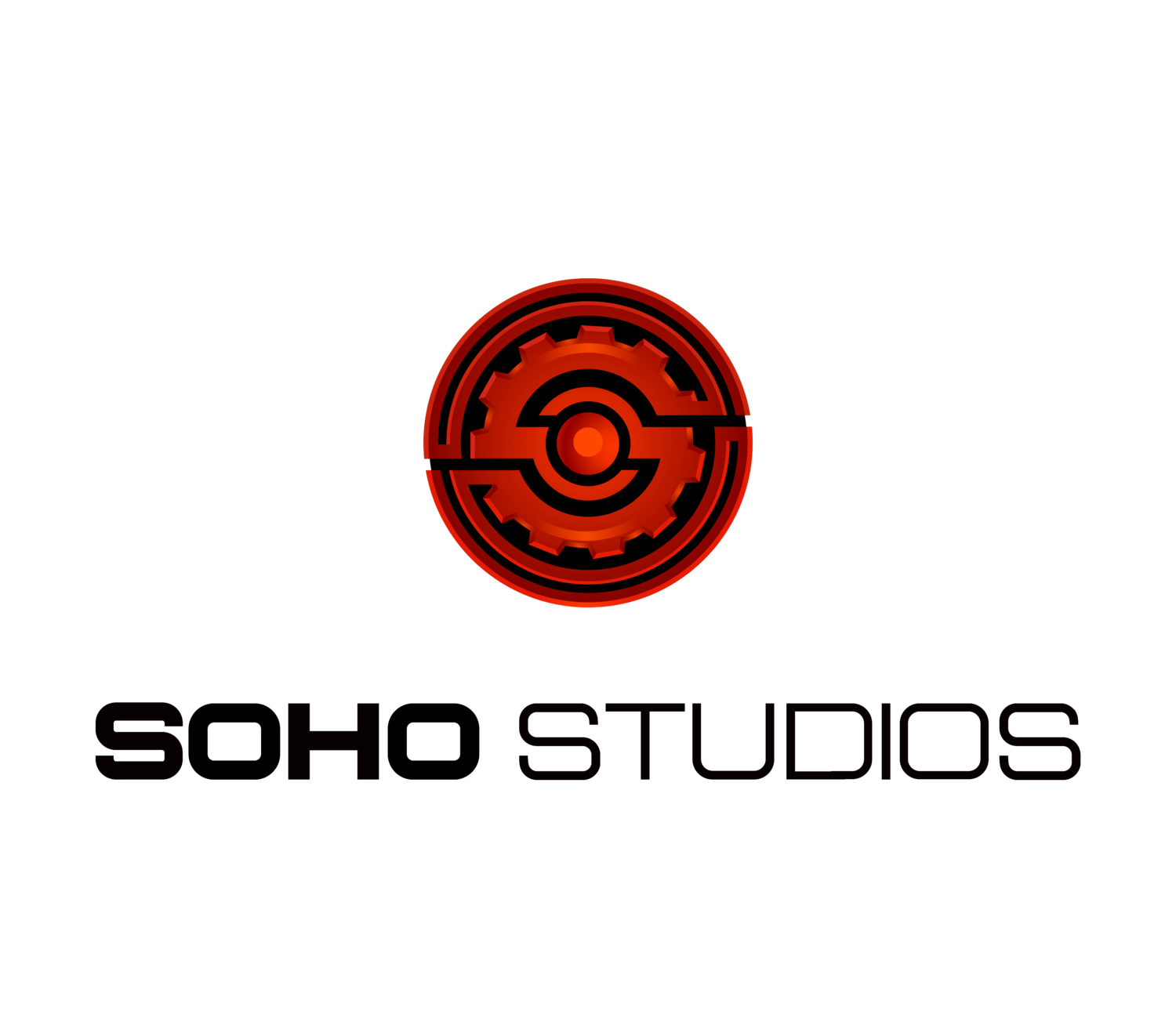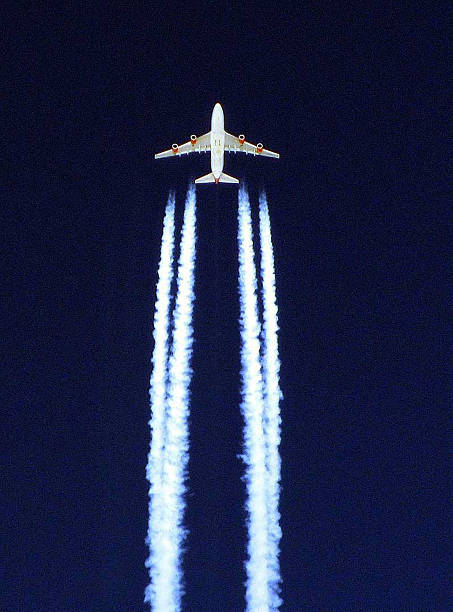Why Teaming Up With Other Brands Can Increase Your Attendance
If you want to create record attendance for your next event – and who doesn’t? – consider bringing in a partner brand. You can team up to boost attendance, which is beneficial for both/all of the brands that are included. And a partnership can also mean that your event has more to offer its attendees, which can translate into it being successful and popular. Let’s take a look at why teaming up can increase event attendance and how you can make it work.
Why Event Partnership Works
When more than one brand is marketing the same event, you’ll reach a wider audience. Together, you can spread the news to more people on social media and create more buzz before an event. When you reach more people, you’re more likely to have a higher attendance. And you can always include numerous partners who can all separately promote the event and add to it. For instance, your partners could include a food vendor, a speaker, an event venue and an entertainer.
By partnering up, your event can also offer increased value, which can make more people want to attend. People might become interested because of the caliber of the brands you have attached to the event and because of increased event offerings due to the partnership. For example, if your partner will provide entertainment, giveaways, a prominent speaker or something else of value, you could draw more people. Plus, Eventbrite points out that events can become interesting through “hybridization,” which feature a fusion of two elements. It gives an example of bringing a beer tasting to a yoga session.
When you search for partners, it’s a good idea to find ones that align with the purpose of your event and your organization’s mission. The goal is not just to reach more people with news about the event but to reach the right people who would actually attend the event. Nonetheless, the hybridization idea shows that you can sometimes reach seemingly unrelated audiences through unique events.
How to Make Event Partnership Work for You
The best way to learn a technique is often to find successful examples and think about how to achieve similar results within your own brand and target audience. Often, it helps to focus on a theme that can incorporate different brands.
A successful example was the partnership between Red Bull and GoPro portable camera brand for the stunt event “Stratos,” which included a stuntperson jumping from a space pod with a GoPro attached to his body. This joint event fit both brands’ values. GoPro helped capture the experience, while Red Bull provided its reputation and experience. Other event partnerships that have worked well over time include Levi Strauss and The Fader magazine at the Texas-based South by Southwest festival, the Consumer Electronics Show and iLounge, and Belvedere Vodka and Bustle Clothing’s team-up during Toronto Fashion Week.
Sometimes, a brand strives to reach a new or broader audience by working with a partner, while other times the partners try to reach the same audience together. Finding the right partner(s) depends on the type of event and the goals of each brand. To use this team-up technique for your own brand, think about brands that could align with your audience or with the type of event you're putting on, and find ways to add value to the event through partners.
Many brands say that teaming up with other brands improved their events. A partnership can increase the value offered to attendees and increase buzz, helping you gain more attendees to boost your brand presence





